Optimal Timing for Well and Septic Inspections
Proper timing of well and septic inspections is essential to ensure system functionality, prevent costly repairs, and maintain property value. Inspections are recommended at specific intervals and during key life events to identify potential issues early. Understanding the optimal times for these inspections can help homeowners and property managers maintain safe and efficient systems.
Conducting well and septic inspections prior to purchase helps identify existing issues and ensures system compliance.
Inspections during sales transactions verify system integrity and facilitate smooth transfer of ownership.
Regular inspections, typically every 3-5 years, help detect early signs of failure or deterioration.
Post-storm inspections assess potential damage caused by flooding or heavy rainfall.
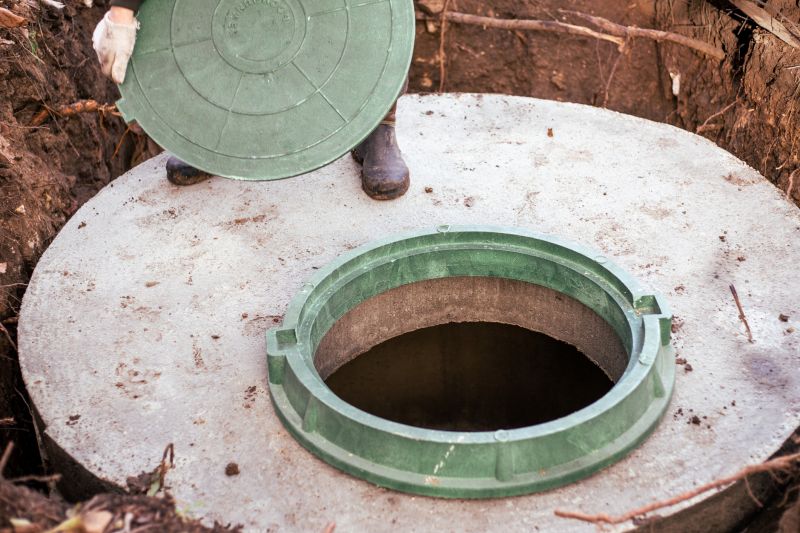
Spring is an ideal time to inspect well systems after winter, ensuring water quality and system integrity.

Fall inspections prepare septic systems for winter, preventing backups and preserving functionality.
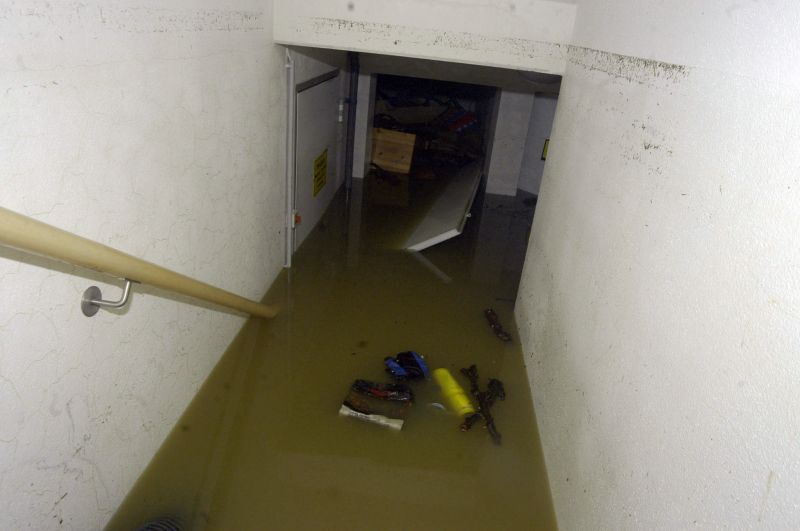
Inspecting wells after storms helps detect contamination or damage caused by flooding.
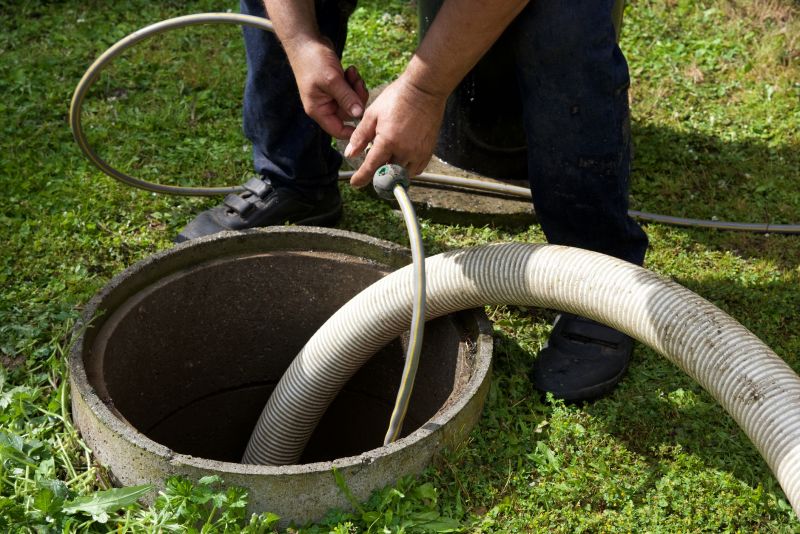
Ways to make Well And Septic Inspections work in tight or awkward layouts.
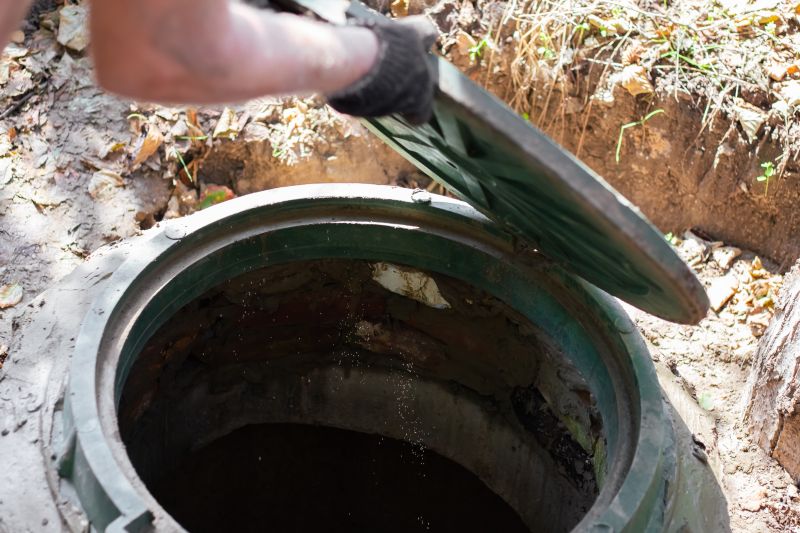
Popular materials for Well And Septic Inspections and why they hold up over time.
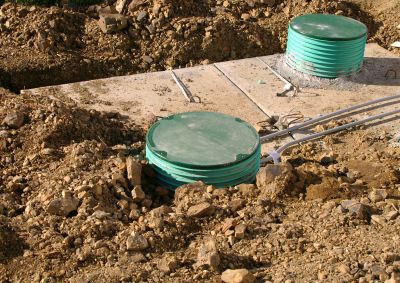
Simple add-ons that improve Well And Septic Inspections without blowing the budget.
| Inspection Timing | Recommended Frequency |
|---|---|
| Pre-Listing or Purchase | Once before buying or selling |
| Regular Maintenance | Every 3-5 years |
| Post-Extreme Weather | Immediately after storms or flooding |
| Signs of System Failure | As needed |
| New System Installation | Prior to use |
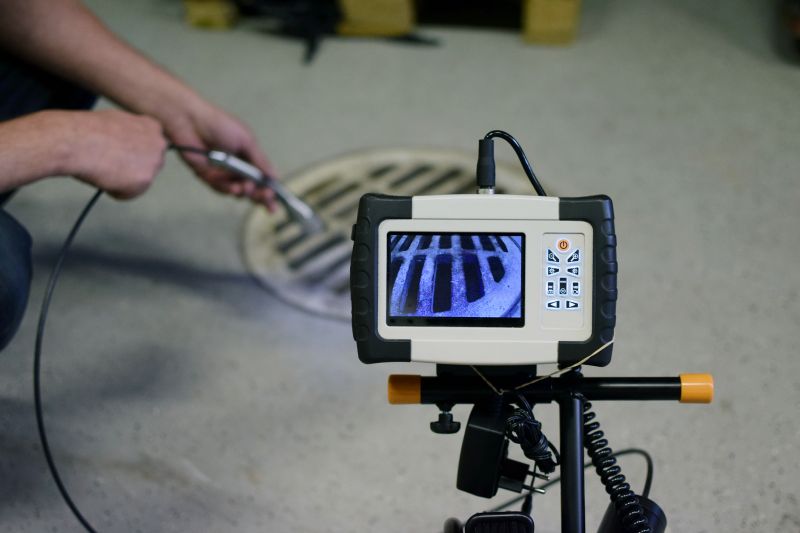
Specialized tools used to evaluate well integrity and water quality.
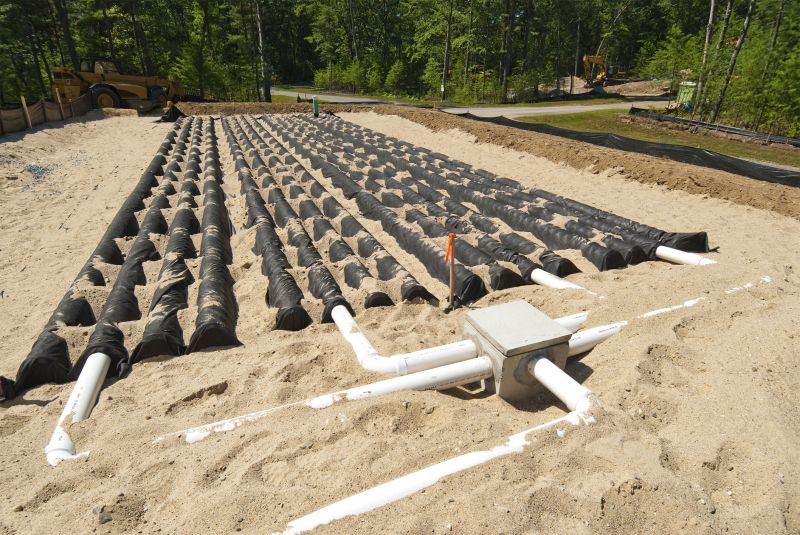
Visual inspection of tanks, pipes, and drain fields for damage or wear.
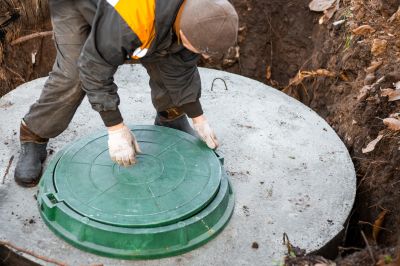
Step-by-step procedures for thorough evaluation of well and septic systems.
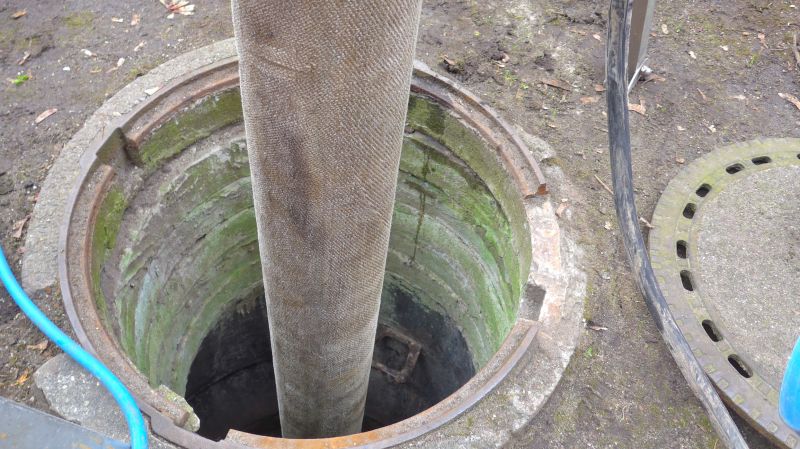
Recommended actions following inspections to maintain system health.

High-end options that actually feel worth it for Well And Septic Inspections.

Finishes and colors that play nicely with Well And Septic Inspections.
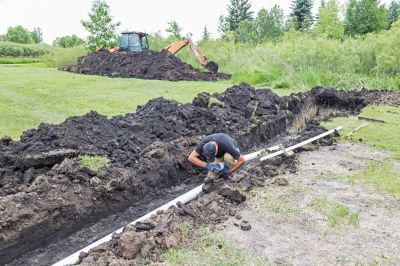
Little measurements that prevent headaches on Well And Septic Inspections day.
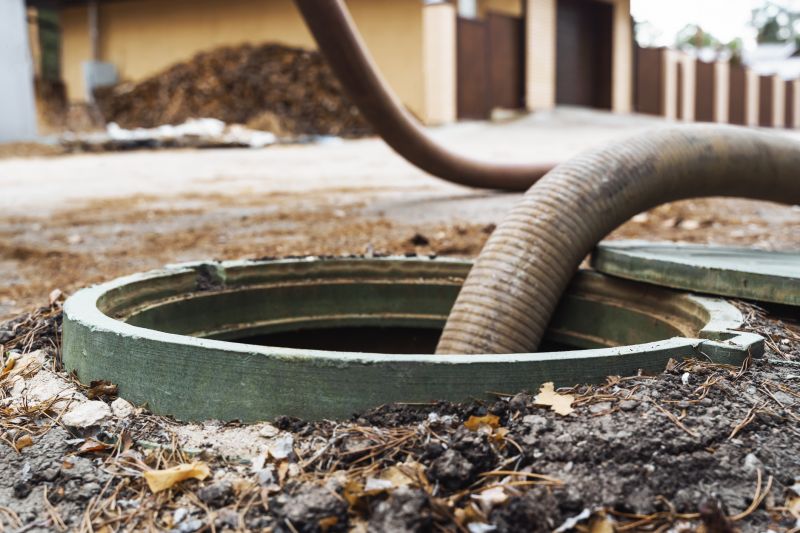
A 60-second routine that keeps Well And Septic Inspections looking new.
Scheduling regular well and septic inspections ensures early detection of issues, helps maintain water quality, and prolongs system lifespan. It is advisable to coordinate inspections with seasonal changes, property transactions, or after significant weather events. Proper maintenance supported by timely inspections contributes to the safety and functionality of these essential systems.
Interested in scheduling a well or septic inspection? Filling out the contact form provides an easy way to arrange an assessment tailored to specific property needs. Regular inspections contribute to peace of mind and the efficient operation of water and waste management systems.



